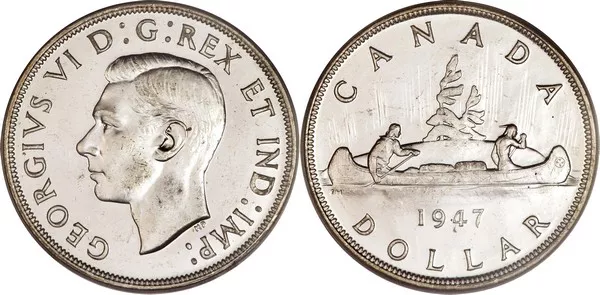In early trading in Asia on Wednesday, the USD/CAD pair rebounded slightly from around 1.3330, the lowest level since August 4 hit in early trading, and recovered some of the previous day’s losses due to Canadian inflation. USD/CAD is currently trading just below 1.3300, up 0.10% on the day, but appears to be struggling to see significant gains.
Data on Tuesday showed Canada’s annual consumer inflation rate unexpectedly held steady at 3.1% in November, prompting traders to scale back bets on when the Bank of Canada (BOC) would start cutting interest rates. This, coupled with the recent recovery in crude oil prices from the lowest levels since late June hit earlier this month, is likely to continue to support the commodity-linked Canadian dollar. Additionally, continued underlying bearish sentiment towards the U.S. dollar could further heat up USD/CAD.
The Federal Reserve (Fed) turned dovish last week, predicting an average of three rate cuts of 25 basis points each in 2024. This, coupled with the market maintaining broad risk appetite, has pushed the safe-haven dollar closer to the more than four-month low hit on Friday. Meanwhile, a series of influential Fed officials have recently tried to downplay speculation that a dovish shift in the Fed’s policy stance is imminent, although this has not significantly boosted dollar bulls. This therefore validates the bearish outlook for USD/CAD and warrants caution for bullish traders.
The focus now turns to U.S. economic data, which includes the release of the Conference Board’s Consumer Confidence Index and existing home sales data. These data, along with a speech from Chicago Fed President Goolsbee, will drive dollar demand late in the U.S. session and provide fresh impetus for USD/CAD. In addition, oil price fluctuations will also bring short-term opportunities to traders. However, focus will remain on Friday’s release of the U.S. core PCE price index, the Fed’s preferred inflation measure.


